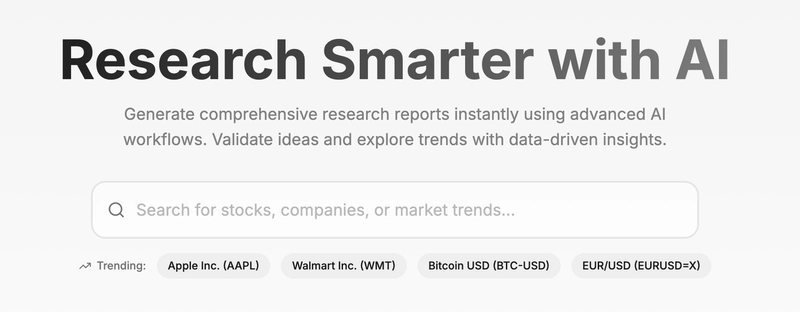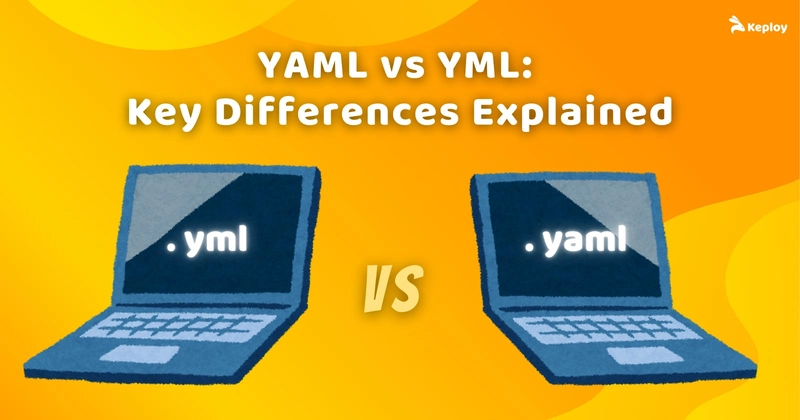Demystifying AI, ML, Deep Learning, and Neural Networks for Developers
Artificial Intelligence (AI) is transforming the world, but for many developers, the terms AI, Machine Learning (ML), Deep Learning, and Neural Networks can be confusing. Understanding these concepts is crucial as AI continues to shape the future of software development. Let’s break them down in a developer-friendly way. AI vs. ML vs. Deep Learning: What’s the Difference? Artificial Intelligence (AI) AI is a broad field of computer science focused on building systems that can perform tasks that typically require human intelligence. These tasks include decision-making, problem-solving, understanding language, and recognizing patterns. Machine Learning (ML) ML is a subset of AI that enables computers to learn from data and make predictions without being explicitly programmed. Instead of writing rule-based instructions, developers feed data into algorithms that identify patterns and improve over time. Deep Learning Deep Learning is a subset of ML that uses neural networks with multiple layers to analyze data in a hierarchical manner. It’s particularly powerful for processing images, speech, and natural language. Neural Networks: The Foundation of Deep Learning Artificial Neural Networks (ANNs) are inspired by the structure of the human brain. They consist of layers of interconnected nodes (neurons) that process and transform input data. Here’s how they work: Input Layer: Takes raw data (e.g., images, text, numerical values). Hidden Layers: Apply mathematical transformations to identify patterns and features. Output Layer: Produces predictions or classifications based on processed data. Neural networks improve their performance through a process called backpropagation, where errors are adjusted using an optimization algorithm (like gradient descent) to fine-tune the model’s accuracy. Why Should Developers Care? AI-Powered Features: Many modern applications leverage AI for recommendations, automation, and personalization. Career Opportunities: AI/ML expertise is in high demand across industries. Open-Source Ecosystem: Frameworks like TensorFlow, PyTorch, and Scikit-Learn make it easier than ever to implement ML models. Innovation & Efficiency: Automate repetitive tasks, enhance user experiences, and create intelligent solutions. Getting Started with AI/ML as a Developer Learn Python – The primary language for ML development. Understand Data Science Fundamentals – Data preprocessing, feature engineering, and model evaluation. Experiment with ML Libraries – TensorFlow, PyTorch, Scikit-learn, and Keras. Work on Projects – Start with simple projects like spam detection, image classification, or chatbots. Stay Updated – Follow AI research, join developer communities, and contribute to open-source projects. Final Thoughts AI, ML, and Deep Learning are not just buzzwords—they are revolutionizing how we develop software. Whether you’re a frontend developer, backend engineer, or data scientist, understanding these concepts will give you an edge in the evolving tech landscape. Start small, experiment, and dive into the exciting world of AI-powered development!
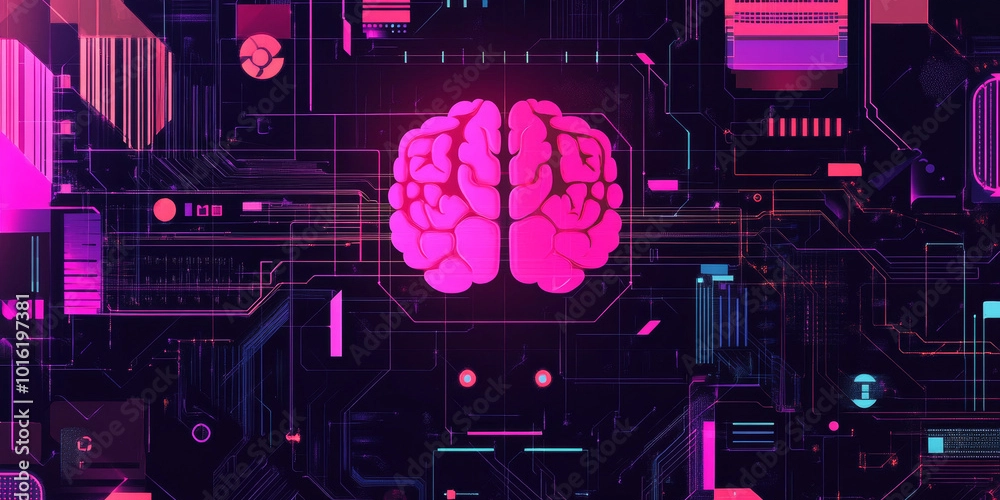
Artificial Intelligence (AI) is transforming the world, but for many developers, the terms AI, Machine Learning (ML), Deep Learning, and Neural Networks can be confusing. Understanding these concepts is crucial as AI continues to shape the future of software development. Let’s break them down in a developer-friendly way.
AI vs. ML vs. Deep Learning: What’s the Difference?
Artificial Intelligence (AI)
AI is a broad field of computer science focused on building systems that can perform tasks that typically require human intelligence. These tasks include decision-making, problem-solving, understanding language, and recognizing patterns.
Machine Learning (ML)
ML is a subset of AI that enables computers to learn from data and make predictions without being explicitly programmed. Instead of writing rule-based instructions, developers feed data into algorithms that identify patterns and improve over time.
Deep Learning
Deep Learning is a subset of ML that uses neural networks with multiple layers to analyze data in a hierarchical manner. It’s particularly powerful for processing images, speech, and natural language.
Neural Networks: The Foundation of Deep Learning
Artificial Neural Networks (ANNs) are inspired by the structure of the human brain. They consist of layers of interconnected nodes (neurons) that process and transform input data. Here’s how they work:
Input Layer: Takes raw data (e.g., images, text, numerical values).
Hidden Layers: Apply mathematical transformations to identify patterns and features.
Output Layer: Produces predictions or classifications based on processed data.
Neural networks improve their performance through a process called backpropagation, where errors are adjusted using an optimization algorithm (like gradient descent) to fine-tune the model’s accuracy.
Why Should Developers Care?
AI-Powered Features: Many modern applications leverage AI for recommendations, automation, and personalization.
Career Opportunities: AI/ML expertise is in high demand across industries.
Open-Source Ecosystem: Frameworks like TensorFlow, PyTorch, and Scikit-Learn make it easier than ever to implement ML models.
Innovation & Efficiency: Automate repetitive tasks, enhance user experiences, and create intelligent solutions.
Getting Started with AI/ML as a Developer
Learn Python – The primary language for ML development.
Understand Data Science Fundamentals – Data preprocessing, feature engineering, and model evaluation.
Experiment with ML Libraries – TensorFlow, PyTorch, Scikit-learn, and Keras.
Work on Projects – Start with simple projects like spam detection, image classification, or chatbots.
Stay Updated – Follow AI research, join developer communities, and contribute to open-source projects.
Final Thoughts
AI, ML, and Deep Learning are not just buzzwords—they are revolutionizing how we develop software. Whether you’re a frontend developer, backend engineer, or data scientist, understanding these concepts will give you an edge in the evolving tech landscape. Start small, experiment, and dive into the exciting world of AI-powered development!








































































































































































![[The AI Show Episode 143]: ChatGPT Revenue Surge, New AGI Timelines, Amazon’s AI Agent, Claude for Education, Model Context Protocol & LLMs Pass the Turing Test](https://www.marketingaiinstitute.com/hubfs/ep%20143%20cover.png)


















































































































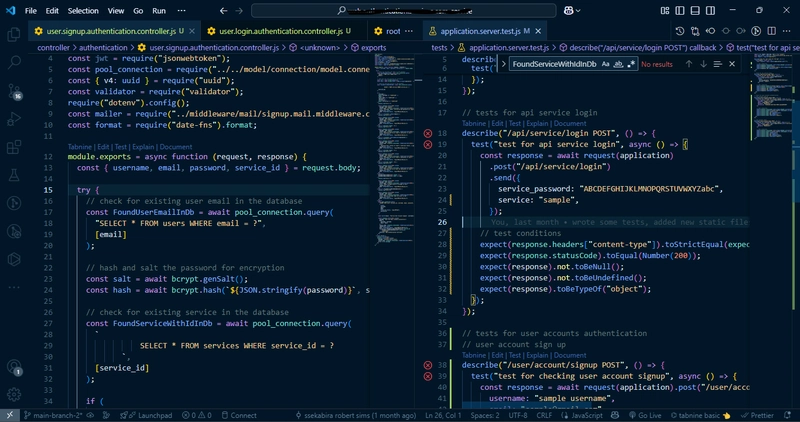
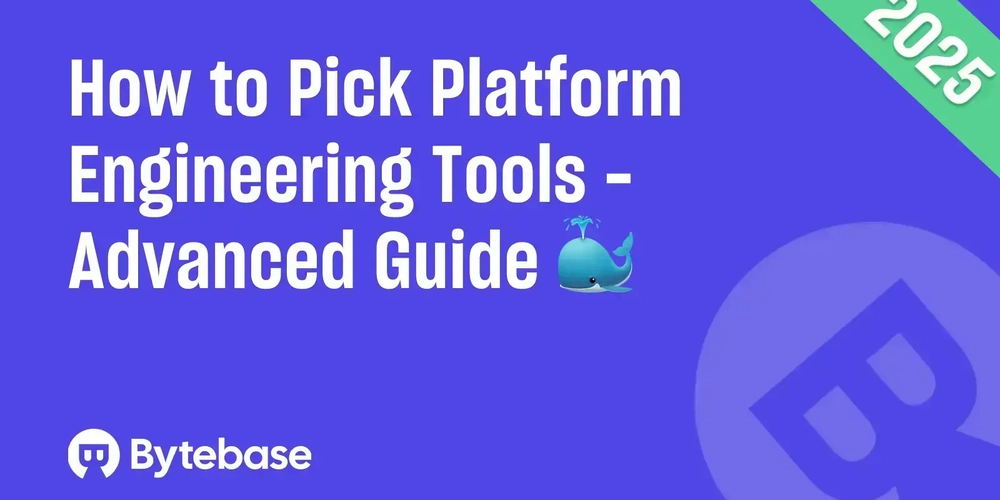















![From drop-out to software architect with Jason Lengstorf [Podcast #167]](https://cdn.hashnode.com/res/hashnode/image/upload/v1743796461357/f3d19cd7-e6f5-4d7c-8bfc-eb974bc8da68.png?#)









































































































.jpg?#)


















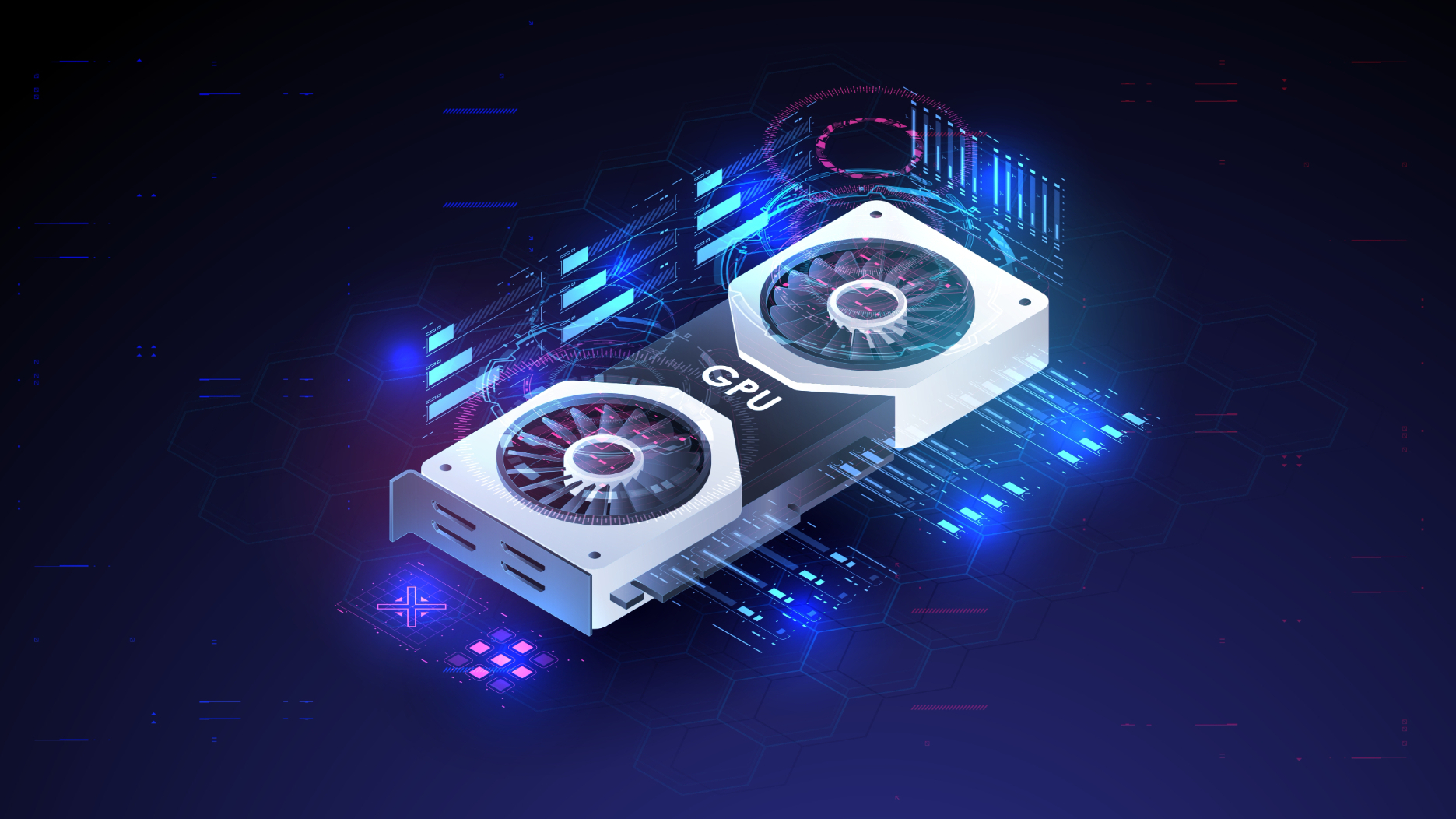
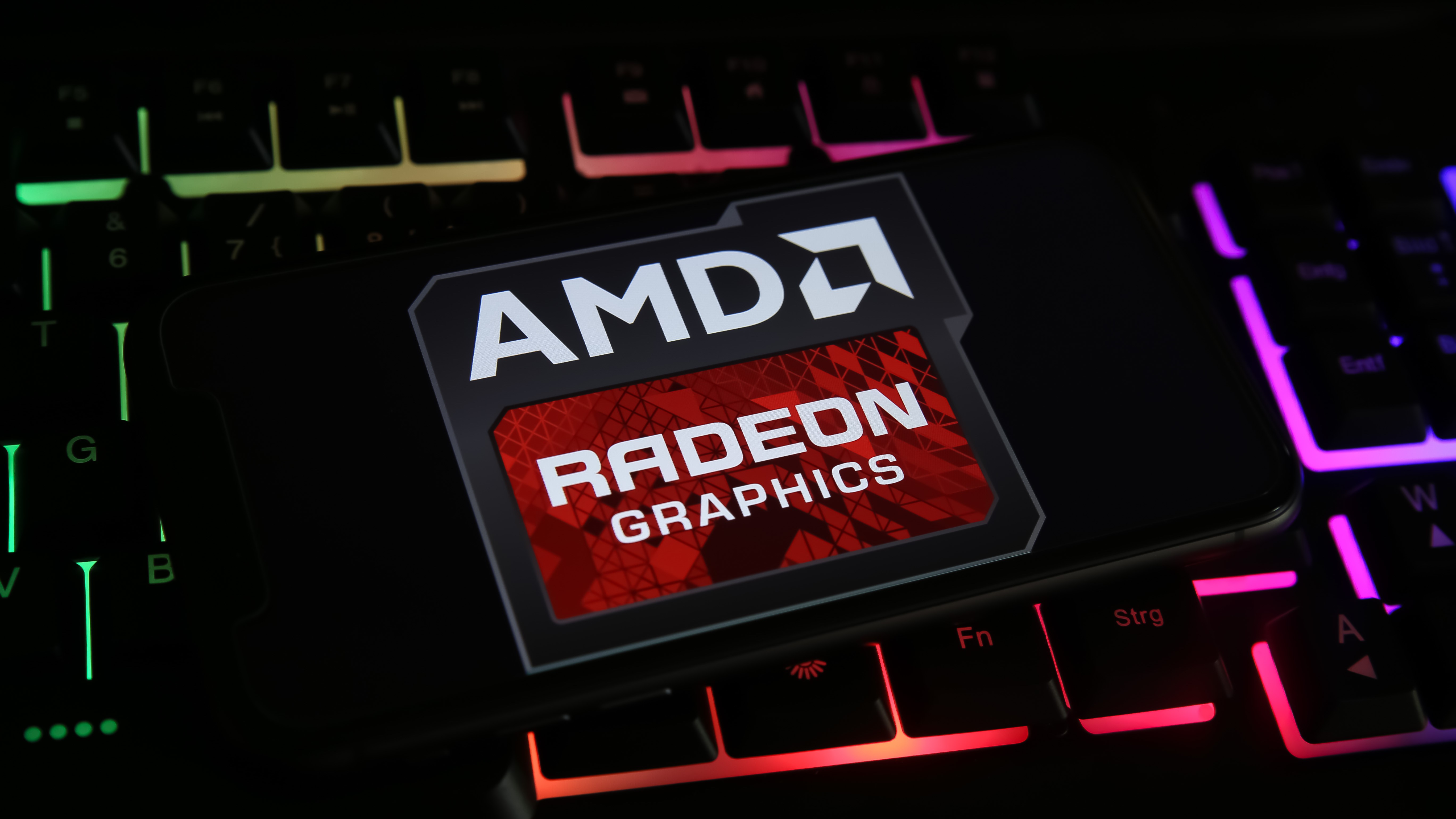











_ArtemisDiana_Alamy.jpg?#)


 (1).webp?#)









































































-xl.jpg)












![Yes, the Gemini icon is now bigger and brighter on Android [U]](https://i0.wp.com/9to5google.com/wp-content/uploads/sites/4/2025/02/Gemini-on-Galaxy-S25.jpg?resize=1200%2C628&quality=82&strip=all&ssl=1)










![Apple Rushes Five Planes of iPhones to US Ahead of New Tariffs [Report]](https://www.iclarified.com/images/news/96967/96967/96967-640.jpg)
![Apple Vision Pro 2 Allegedly in Production Ahead of 2025 Launch [Rumor]](https://www.iclarified.com/images/news/96965/96965/96965-640.jpg)
































































































































